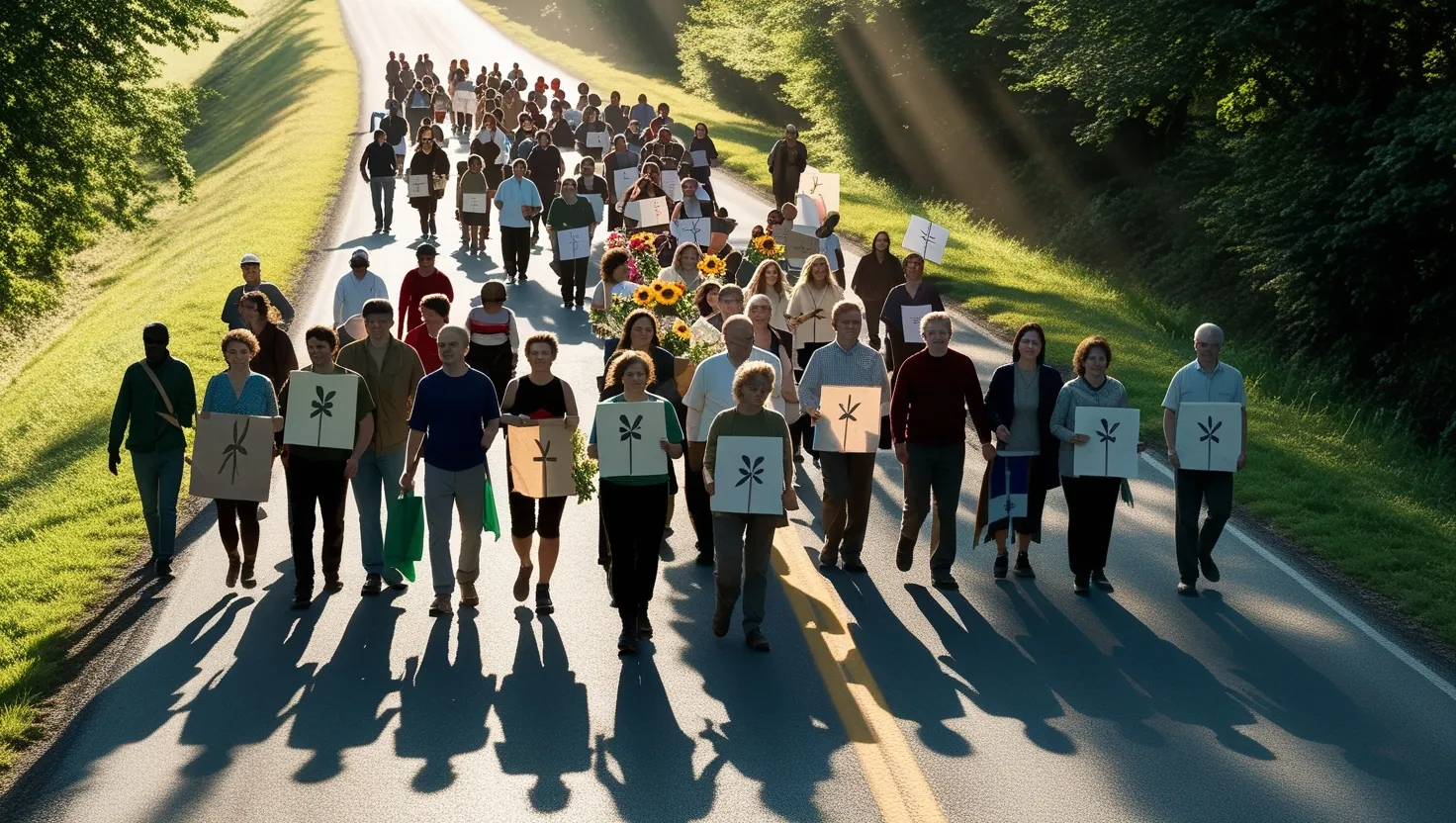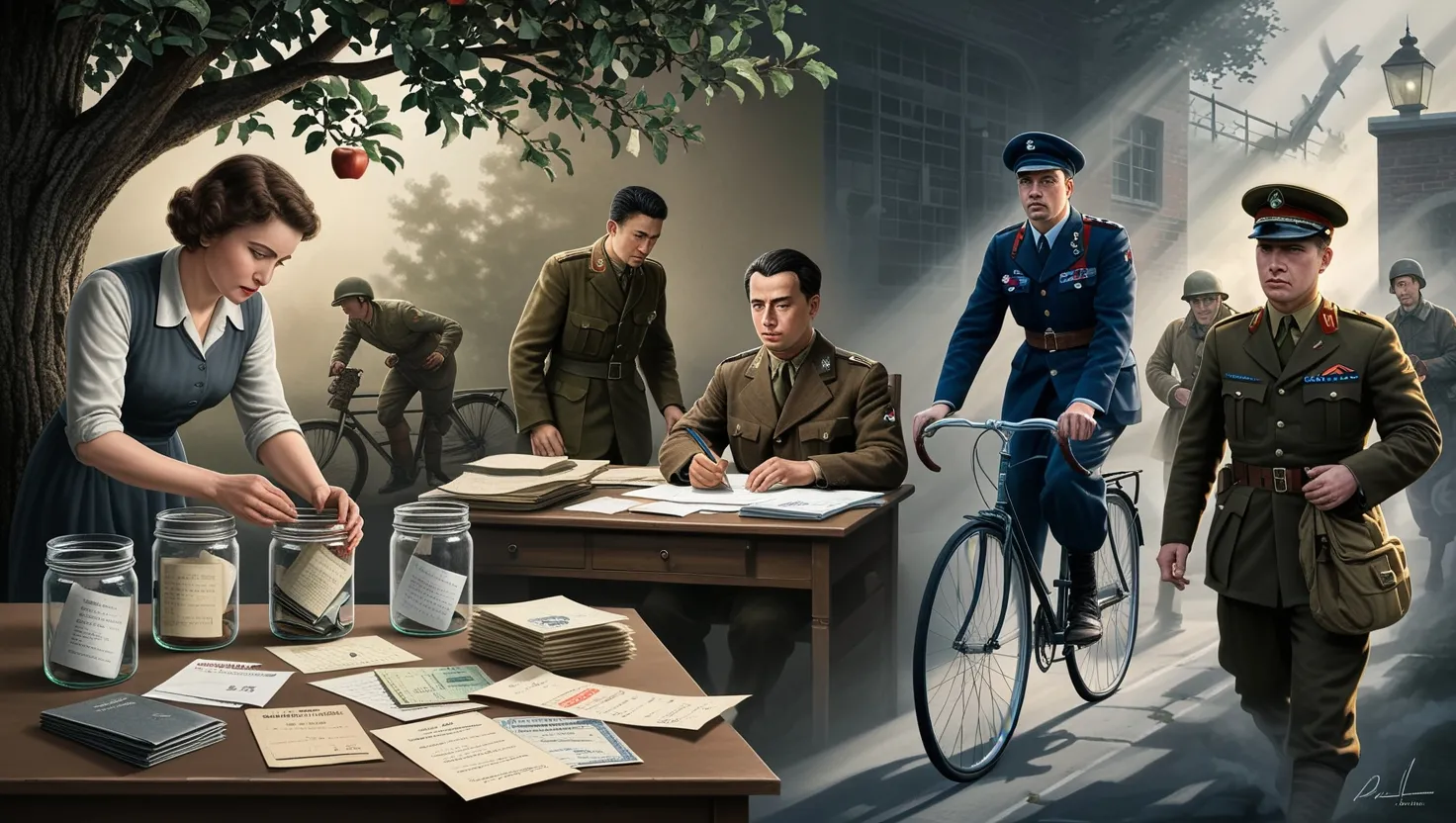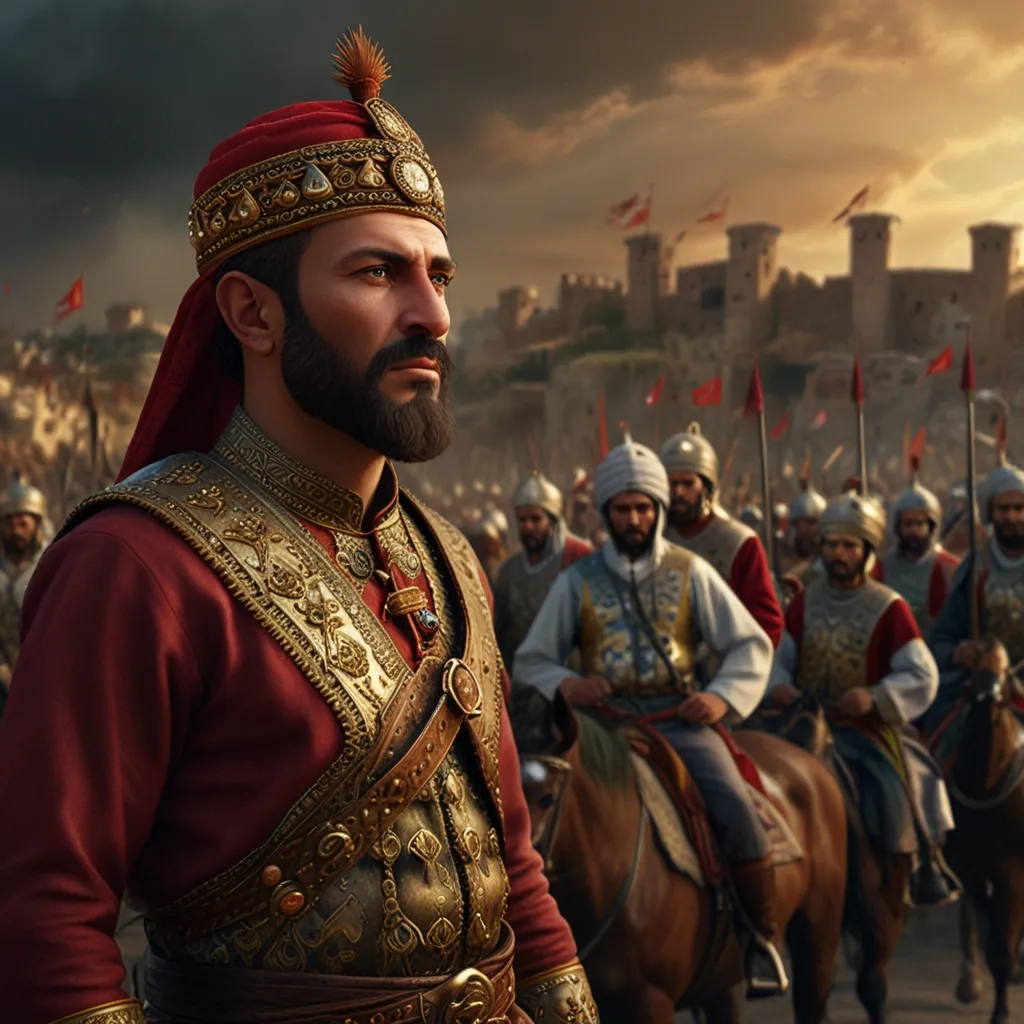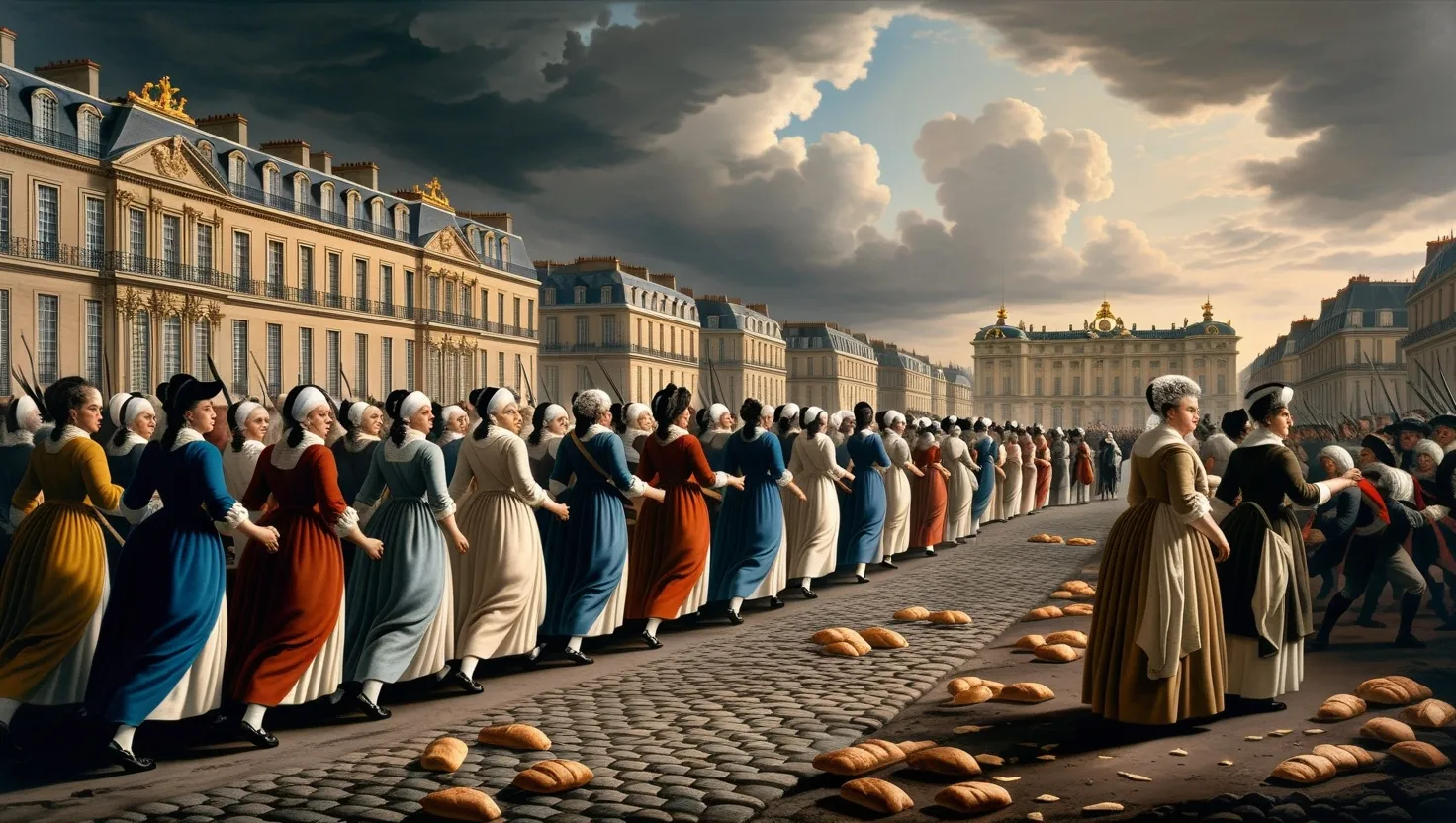We often picture protest as crowds in the streets, banners held high, and voices chanting for justice. But if there’s one thing I’ve learned from studying some of history’s most transformative movements, it’s that the real power of protest isn’t just in the noise—it’s in the strategy. It’s the unexpected tactics that catch those in power off guard, the creativity that bends the rules, and, most importantly, the moments when ordinary people dare to rewrite how change can happen. If you think you know what protest looks like, let’s take another look—because revolutions rarely follow the script.
“First they ignore you, then they laugh at you, then they fight you, then you win.” This line, often linked to Gandhi, speaks to a pattern, but the tools used at every stage are constantly evolving. When I talk about the Salt March, I want you to imagine not just a line of people walking through the Indian countryside, but a movement taking aim at the very core of colonial authority with the simple act of making salt. It wasn’t just about salt—it was about making the impossible visible. Gandhi didn’t invent civil disobedience, but he refined it with spectacle, deliberate simplicity, and a brilliant sense of symbolism. He understood that what could not be achieved through violence might be won through a moral appeal so public, so patient, that the world couldn’t look away.
But here’s the twist: the success of the Salt March wasn’t measured just by how many people followed Gandhi to the sea, but by how the act forced the British to reveal the limits of their own power. Suddenly, maintaining order meant jailing thousands for literally picking up salt from the earth. Can you imagine the absurdity? It was this spectacle that drew the world’s attention and turned local defiance into a global story.
Ask yourself: in your own life, have you ever confronted bureaucracy—not with anger, but with the quiet stubbornness of simply refusing to play by unfair rules? That’s the spirit movements like this harness, and there’s nothing old-fashioned about it.
Jump to Poland, decades later. The Solidarity movement is often remembered as a labor struggle, but what really set it apart was its audacity to create an alternative society right under the regime’s nose. Underground newspapers, secret meeting spots, coded messages across factory floors—Solidarity became a parallel world, proof that even in the most controlled environments, society finds its cracks. There’s something quietly subversive about fighting the state not with guns, but with printing presses and photocopiers. The regime would try to silence these networks, but the ideas had already spread too far, too fast.
Here’s a question that still matters today: can a culture of resistance survive repression if its roots run deep enough through ordinary people’s daily lives? Solidarity’s answer was yes, and its tactics still show up wherever activists must operate in the shadows.
“Each generation must out of relative obscurity discover its mission, fulfill it, or betray it.” Frantz Fanon wrote this, and if ever a movement took that seriously, it was Czechoslovakia’s Velvet Revolution. For years, dissent simmered quietly, while the world assumed Soviet-backed regimes were unbreakable. Then, almost overnight, a disciplined nonviolence swept through the country. The genius here was recognizing that true power in an authoritarian system comes not just from coercion, but from the illusion of unanimous obedience. By refusing to pretend anymore, millions withdrew the silent consent that kept the regime afloat.
There’s a famous scene: students in Prague holding out flowers to riot police, and the police, bewildered, not sure if they should respond with violence or look away. “Truth and love must prevail over lies and hatred,” said Vaclav Havel. The Velvet Revolution was a masterclass in collective action—carefully coordinated strikes, public negotiations, and performances that turned dissent into a kind of moral festival. When you live “in truth,” you can’t be bought or bullied. I wonder: what would happen if, in our workplaces or communities, we simply stopped pretending the rules make sense? The Velvet Revolution asks us this every time politics feels like theater.
Now, shift the view to South Africa, where apartheid lasted not just because of brute force but because global complicity allowed it to thrive. The anti-apartheid movement knew local protest, while necessary, wouldn’t be enough. What they added was a strategic international campaign—economic boycotts, cultural isolation, sports bans, and the creative use of sanctions. Corporations were pressured to divest, artists refused to perform, athletes rejected South African teams. This wasn’t just about shaming; it was about hitting the regime where it hurt most—its legitimacy and its pocket.
But what’s less discussed is how diverse and decentralized this pressure became. Activists in New York, London, Sydney—places most South Africans would never see—helped drive the movement forward in their own neighborhoods. The lesson here is profound: sometimes the most effective resistance is forged in the spaces between countries, in ties of solidarity that outlast headlines. It’s worth asking, as we face global injustices now: how can we use our networks, however modest, to add our weight to struggles elsewhere?
“A system cannot fail those it was never meant to protect,” wrote W.E.B. Du Bois, and nowhere has this been clearer than in movements that demand international accountability.
Finally, there’s the radical transformation brought by the Arab Spring’s digital mobilization. Bread and butter issues—unemployment, corruption, police cruelty—were not new. But the method of spreading word was revolutionary. In Tunisia and Egypt, protests weren’t just called for; they were organized, coordinated, then broadcast live to the world, thanks to Facebook pages, Twitter feeds, and YouTube clips. Information was passed faster than regimes could react; hashtags became battle cries, livestreams became proof.
But every new tool carries risk. As repression adapted, surveillance and disinformation campaigns showed that digital activism is both powerful and fragile. Messages can be censored, accounts hacked, networks splintered by rumor. The challenge today is not just communication, but trust: can you tell whose story is real?
Consider this: what’s the cost of relying on digital platforms that can vanish or be manipulated overnight? The Arab Spring’s legacy is a cautionary tale—brilliant bursts of organizing power, followed by renewed struggles against both old forces and new forms of control.
So when I think about the true innovation of these revolutions, it’s not only in the tactics but in the willingness to learn, adapt, and borrow from unlikely places. Because every time a movement stumbles, somewhere else another one picks up the thread. We see symbolic protest transformed into a media event, strikes evolving into decentralized networks, local boycotts scaling into international campaigns, and, in recent years, the digital sphere becoming a battleground as fierce as any city square.
I invite you to imagine—if you were forced to protest something vital today, what rulebook would you follow? Which lessons would you draw on: the patience and symbolism of Gandhi, the underground resilience of Solidarity, the moral clarity of Czech students, the global reach of South African campaigners, or the digital agility of Arab youth? Maybe all of them. Because protest isn’t static; it moves, shape-shifts, and—above all—demands creative risk.
It’s tempting to think innovation in activism is only about technology or numbers. In reality, sometimes it’s about slowing down, being quietly stubborn, making art out of defiance, or simply refusing to collaborate with injustice.
As you consider the blueprints these revolutions leave behind, remember that their true message is not just about politics, but about the human capacity for reinvention, even in the most restrictive circumstances.
“The most common way people give up their power is by thinking they don’t have any.” This line from Alice Walker speaks for every movement that refused to follow the rules and instead wrote their own. Protest isn’t just about what’s possible, but about expanding the boundaries of what people believe they’re entitled to imagine and pursue.
I hope you’re asking yourself right now: if they could transform protest with the tools of their times—and do the unexpected—what are you and I still capable of changing today?






